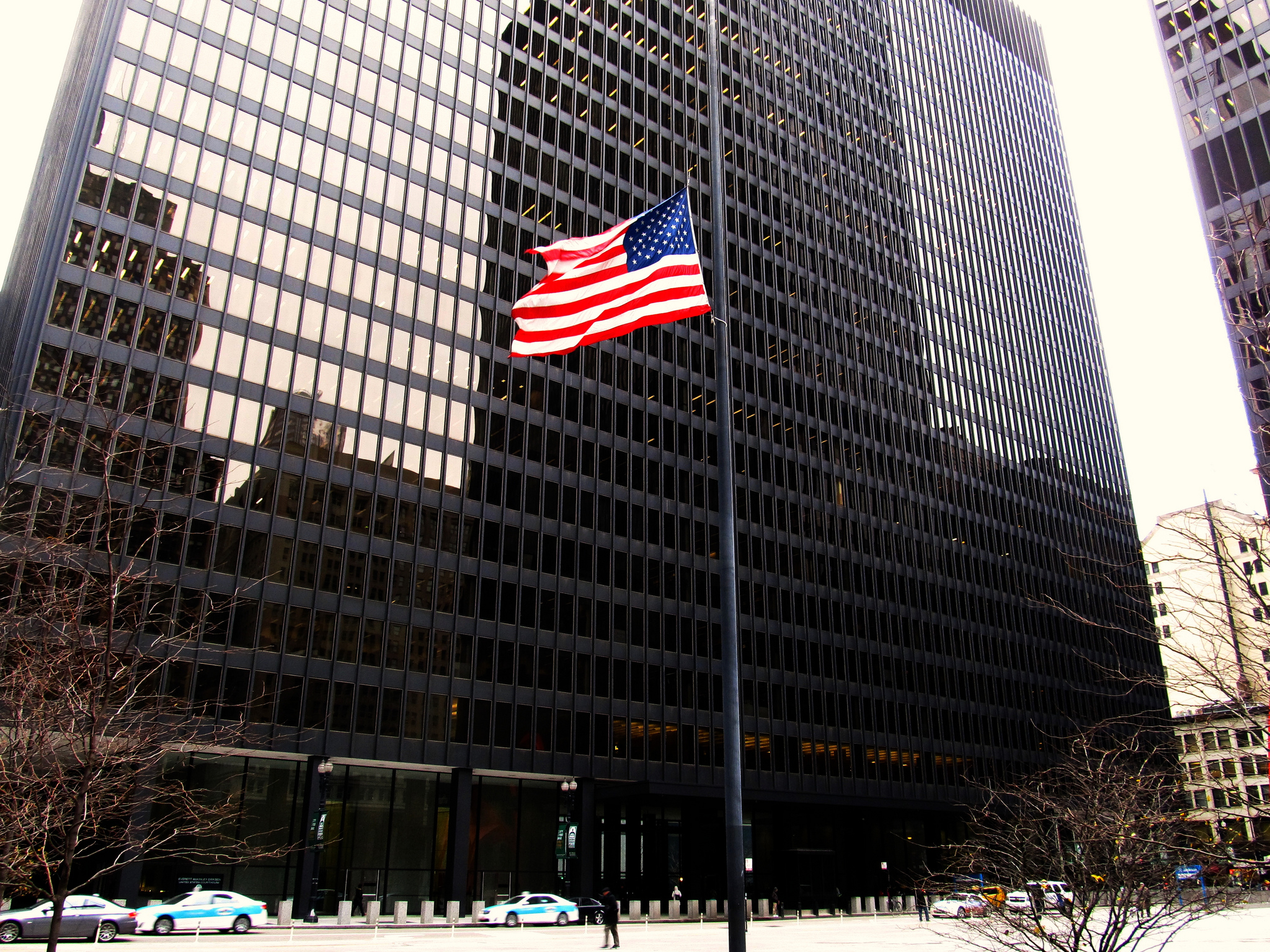This post, the second in the series, addresses two commonly and erroneously held beliefs, or myths, about the Constitution.
The First Myth The Constitution is a sacred document or is at least divinely inspired.
Reality The Constitution was written by human beings (all men at the time) and is a product of Enlightenment thinking. The Constitution exemplifies the application of reason to self-government. The divine right of kings is emphatically rejected by the Constitution.
Notice that there is no reference whatever in the Constitution to a divine being. Religion is mentioned only in several places. One place is the First Amendment with its Establishment and Free Exercise Clauses. Another place is the prohibition against religious tests for political office. In other words, religion has its role, but that role is not in government.
Along these lines, to characterize the Constitution as deeply influenced by Judaism and/or Christianity, as many like to do, is simply incorrect historically. Traditional Judaism and Christianity had nothing to say about democracy. Also, many of the Framers were deists who believed that a divine being created the universe and nature with its “laws” but then bowed out of human affairs. In contrast, theists believe that a divine being revealed itself and remains concerned with, and involved in, human affairs.
The Second Myth The Constitution, even if not divinely inspired, comes as close to being as perfect a document for self-government as is humanly possible.
Reality The Constitution is far from a perfect document.
The Framers were only human beings, although we are fortunate that they were very well educated, far-sighted and obsessed with forming a new kind of government that the world had never seen before. But they made mistakes. This is obvious if only because of the number of Constitutional Amendments that have been ratified—twenty-seven–including the Bill of Rights two years after the Constitution.
More seriously, the Constitution was almost fatally flawed from the beginning because of slavery. This word was never used in the Constitution—embarrassment, perhaps?–although there were three indirect references to it. I say “fatally flawed” because, as everyone knows, slavery led to the temporary breakup of the United States. It took an horrific Civil War and the Thirteenth, Fourteenth and Fifteenth Amendments to amend the Constitution and eliminate slavery once and for all. In a very real sense, the Civil War and these three Constitutional amendments finally brought the Constitution into line with the Declaration of Independence.
Next in the Series: Myths about the Supreme Court
Read more posts in the series: The Structure of Government (1)




Leave a Reply